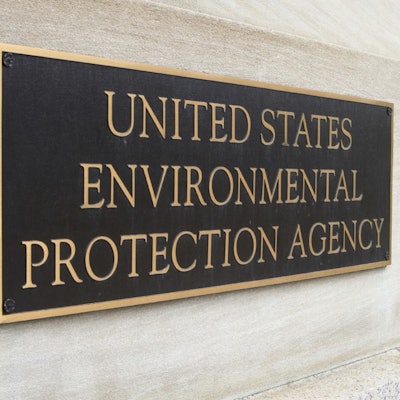
 The National Association of Manufacturers lowered its projected price tag for a new limit on ground-level ozone, but said it would remain the costliest regulation in U.S. history.
The National Association of Manufacturers lowered its projected price tag for a new limit on ground-level ozone, but said it would remain the costliest regulation in U.S. history.
$140 billion: NAM’s updated study said reducing the federal threshold for ozone, or smog, from 75 parts per billion to 65 parts per billion would reduce the country's GDP by $140 billion per year. This is nearly half the $270 billion reduction estimated in a NAM study last summer, which evaluated reducing the standard to 60 parts per billion.
1.4 million jobs: In November, the EPA proposed reducing the standard to between 65 and 70 parts per billion, but the agency's public comment period allowed respondents to discuss a threshold as low as 60 parts per billion. Although the higher limit significantly reduced the ozone rule's cost, the 65 parts per billion cap would still result in 1.4 million fewer job equivalents per year and cost the average U.S. household $830 in lost compensation annually, according to the NAM report.
75 parts per billion: Public health advocates told EPA officials at a series of public hearings earlier this year that the current 75 parts per billion standard has led to a host of long-term health concerns in high-smog areas, including asthma and respiratory failure.
120 million people: Manufacturing and chemical groups argued the current standard is sufficiently stringent, and that it has never been properly enforced nationwide. The American Chemistry Council told regulators 120 million people reside in areas currently classified as non-compliant.
10 years: The EPA faces a court-issued deadline of October to issue a final decision on the ozone limit, and the agency said most states would be able to fully implement the new standard within 10 years. Areas with smog levels already far higher than the current limit, however, would have up to 12 additional years to comply.
ENTRIES OPEN: Establish your company as a technology leader. For 50 years, the R&D 100 Awards, widely recognized as the “Oscars of Invention,” have showcased products of technological significance. Learn more.






















